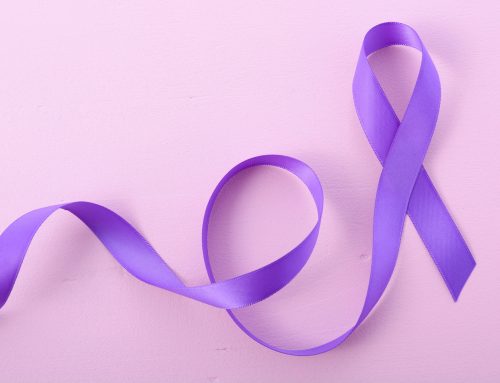 If you’ve turned on a radio or heard music at any sort of event in the past few months, chances are you’ve heard Taylor Swift’s infectious song “Shake It Off”. As positive as the overarching message of the song is, there are more than 10 million people worldwide living with an uncontrollable shaking disorder known as Essential Tremor – and unfortunately, it’s not as easy to brush that off.
If you’ve turned on a radio or heard music at any sort of event in the past few months, chances are you’ve heard Taylor Swift’s infectious song “Shake It Off”. As positive as the overarching message of the song is, there are more than 10 million people worldwide living with an uncontrollable shaking disorder known as Essential Tremor – and unfortunately, it’s not as easy to brush that off.
What is Essential Tremor (ET)?
ET is a neurological disorder that affects movement and causes rhythmic shaking. It mainly affects the hands, arms, and head but it can cause shaking in other parts of the body too, like the vocal cords.
ET is often confused with Parkinson’s Disease, despite being more common. The rhythmic shaking of ET is very similar with the shaking that Parkinson’s Disease patients experience, but there are no neurological deficits associated with ET.
About half of all ET cases are a result of genetic mutation, but not much is known about what causes ET in those without a genetic mutation. Even though scientists know which specific areas of the brain contribute to ET, there still isn’t a clear cut answer to what the cause of ET is.
What are some coping mechanisms?
ET can cause everyday tasks to seem monumental and depression or anxiety is a common result. There are many different ways of managing stress and simplifying tasks down though. For example:
- When drinking, use a straw or a cup with a lid. If you’re eating out, ask for cups that are only filled halfway
- Write on paper on top of a soft surface to help control shaky movements, like putting paper on a stack of newspapers
- Avoid caffeine and other things that can increase heart rate and temporarily increase tremors
- Fill out any forms, checks, or envelopes at home
- Use a signature stamp or address labels rather than writing it every time
- Try using an electric toothbrush over a traditional toothbrush
ET and other disorders that cause shaking are so common that there are actually a variety of assistive devices to help with everyday tasks like eating or putting on clothes. Some of the items include swivel silverware to always stay upright instead of spilling, or shirts that use magnetic buttons or Velcro instead of traditional buttons. There are also different apps or devices to help with technology. Some of the apps include text-to-speech keyboards, an assistive computer mouse that reduces unintended button clicks, or simply an extra-large keyboard. Read more about them here.
Overall, the most important thing to remember is that you are not alone in experiencing ET. In fact, some very well known people also experience ET, like actress Katherine Hepburn and former US Presidents John Adams and John Q Adams (2nd and 6th, respectively).
What are some treatment options?
The first step to differentiating between ET and Parkinson’s Disease could be getting a DatScan. This is a single-photon emission computed tomography (SPECT) imaging scan using a radioactive iodine drug. The drug (Ioflupane) is designed to image dopamine transporters (DaT) in the brain, which will show if the tremors are due to Parkinson’s disease or ET.
For mild tremors associated with ET, treatment may not be necessary. If the ET is getting in the way of work or other daily activities, there are some medications that help. 60% of ET patients respond to either one or a combination of medicine. Some of these include beta blockers, anti-seizure medications, or Botox injections into the muscles (mainly head and voice tremors).
For severe tremors, surgery may be an option. One of the most common surgical procedures for ET is deep brain stimulation (DBS), where doctors will insert a thin electrical probe into the part of the brain that affects tremors. The probe acts like a pacemaker for the brain to interrupt signals that could cause tremors.
Sources:
http://www.mayoclinic.org/diseases-conditions/essential-tremor/basics/treatment/con-20034509
http://www.essentialtremor.org
http://ghr.nlm.nih.gov/condition/essential-tremor
—
Like what you see? Sign up to join Human Health Project, a community-based, not-for-profit website focused on using peer to peer health support for a healthier you.
—





Leave A Comment
You must be logged in to post a comment.